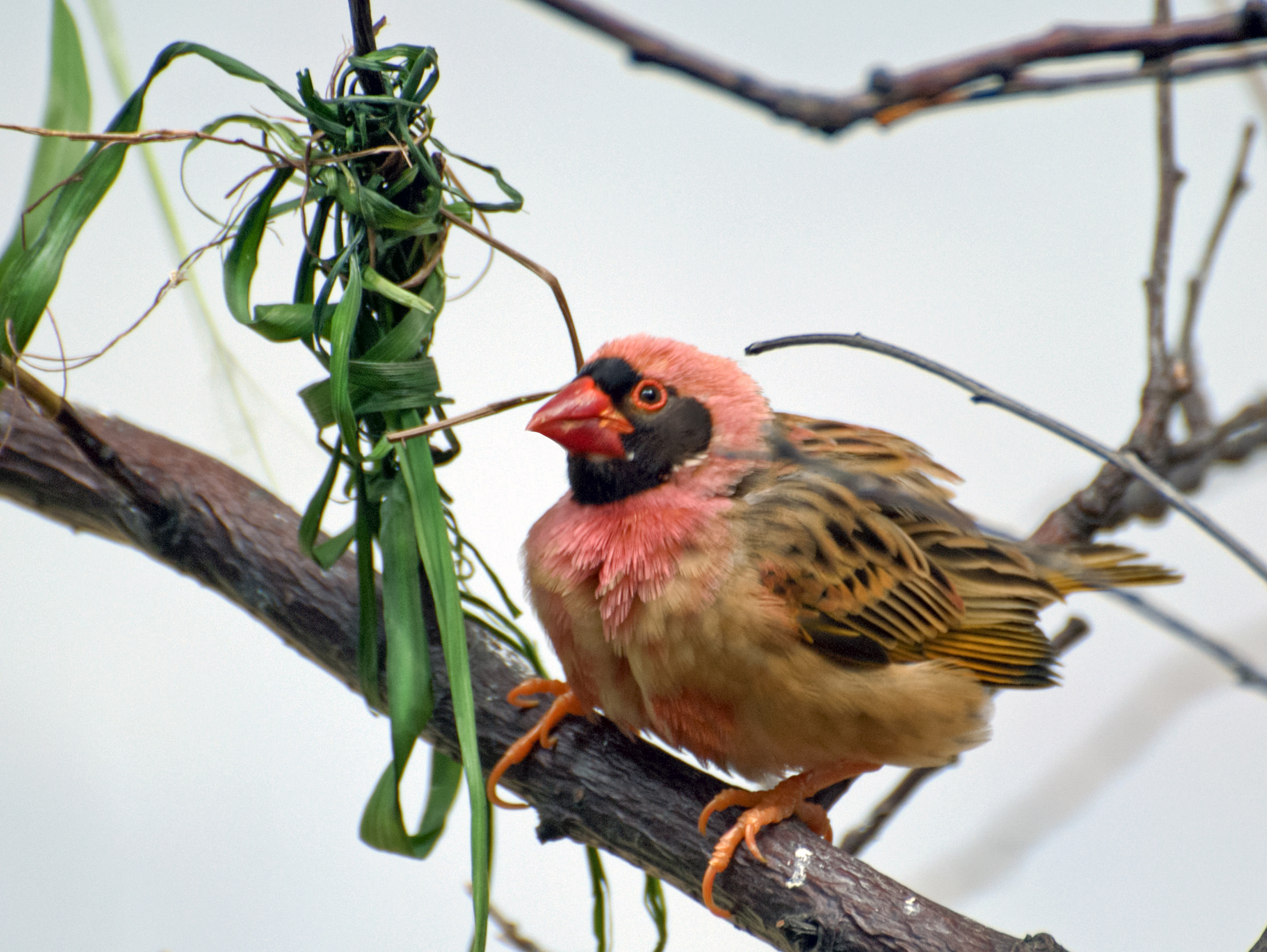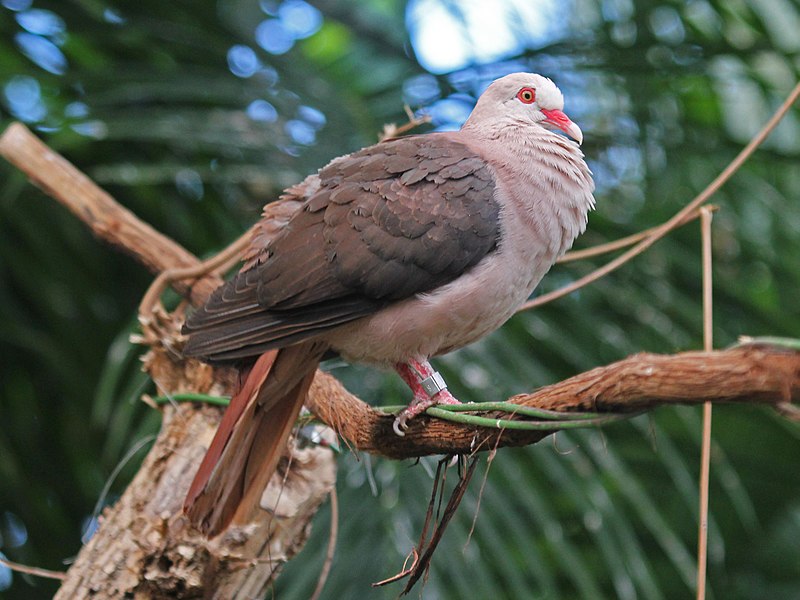Bird owners are usually concerned with the welfare of wild species, so today I’d like to focus on an underappreciated conservation concern, feral cat predation upon birds. Recent studies have shown that “trap-neuter-release” programs, collars with bells, and other popular control methods are failing to protect wildlife.
Feral Cats: Scope of the Problem
Although estimates of cat numbers vary widely, it is certain that feral and free-roaming house cats in the USA kill millions of native birds, reptiles and amphibians and billions of mammals yearly. Only 35% of the country’s 77,000,000+ pet cats are kept exclusively indoors, while 60-100 million feral individuals live exclusively outdoors. The effects of cats and other invasive species are second only to habitat loss as a cause of extinctions worldwide.
Rare and threatened species that have been killed by free-roaming cats include Florida Scrub Jays, Piping Plovers, Star-Nosed Moles, Pacific Pocket Mice and many others. On Oahu, Hawaii, cats and mongooses killed significant numbers of Laysan Albatross and Wedge-Tailed Shearwater chicks until the USA’s first predator-proof fence was installed around key nesting areas (please see article below). Read More »
 That Bird Blog – Bird Care and History for Pet Birds
That Bird Blog – Bird Care and History for Pet Birds




